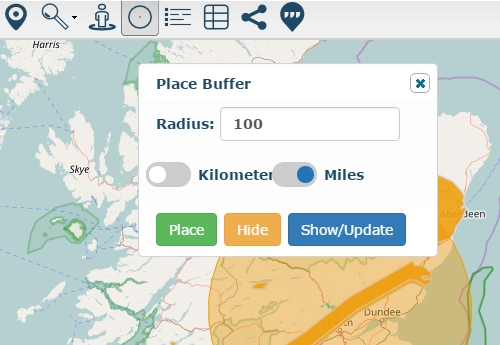Sales Territory Mapping
A sales territory map allows management to define and visualise territory ownership.
Why use sales territory maps
Organisations use sales territory maps to not only define and allocate sales territories but to analyse sale performance, calculate routes and create maps for sales calls.
The process of defining and allocating sales territories requires effective planning to ensure the business has the adequate resources to support the business sales plan.
Having disproportionate territories will results to low employee morale, poor customer retention, poorly managed targets and management expectations and most importantly waste of valuable resources.
What to consider when creating a sales territory map
- Be strategic. Start by defining strategic business goals and objectives. Once you have defined your strategic objectives and immediate focus, your territories will naturally evolve.
- Know your target consumer. It’s important to gather as much information as possible about your consumer. Know your target customer, their location and allocate adequate resources to reach them.
- Carrying out regular maintenance of territories annually. Revisiting and reallocating territories should be carefully considered and planned, as it may impact existing relationships.
- Balance. It’s important that sales territories are distributed evenly. If a sales executive is under performing this could be a result of inquorate or disproportionate sales territory.
Creating a sales territory map with Azimap
If you have the information and a strategic sales plan, then creating a sales territory map with Azimap is easy.
Azimap, allows you to create unique and flexible sales territory maps which are customisable and shareable with your sales and senior management teams. Azimap, provides sales teams with the following key benefits –
1. Create multiple layer types to display information such as –
a.Point layers for existing and potential clients
b.Polygons for agent jurisdictions
c.Heat maps for areas of key interest
2. Search for existing and potential clients by radius in miles and kilometres. This allows management teams to identify jurisdictions and opportunities that might overlap and make informed decision relevant to available resources and time.
3. Routing and Drive Time analysis. Sales and management teams can plan their journey by generating a report to identify the most direct route to a single or multiple destination.
4. Drive time analysis. Azimap enables agents and management to identify potential and existing clients via drive time analysis. This allows agents to effectively manage their time. Agents can use the interval drive time report to identify prospects, this is particularly useful for agents who are required to make multiple site visits.
5. Using the street view tool agents can formularise themselves with the area to help plan and become comfortable with the area before embarking on their journey.
The most effective approach to creating a sales territory map is foreplaning and data management. Having a focused sales plan and accurate / cleansed data to visualise is the most important step in the sales territory mapping process. Once you have correlated your data, contextualising, visualising and sharing the data is easy with Azimap.
If you would learn how to create a territory map for your sales team, please get in contact.







